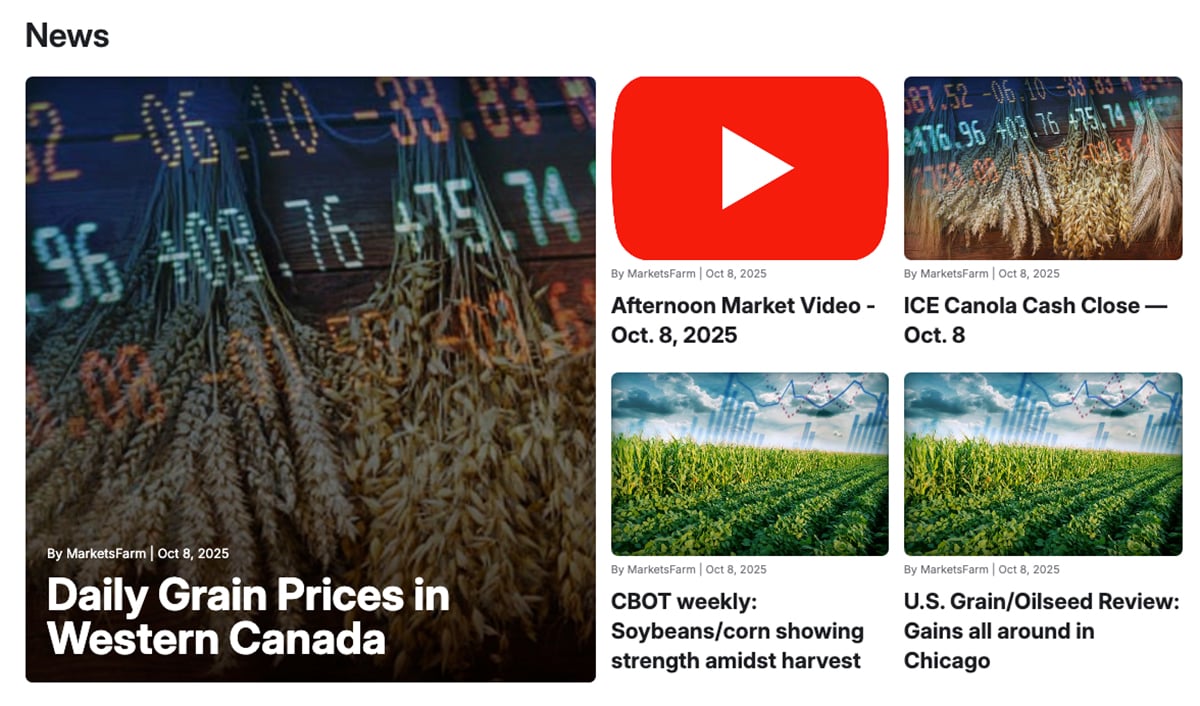Greater hog farm productivity plays a role in price
It is a miracle of technology and management.
In just 30 years, the productivity of North American hog operations has almost doubled. Sows are having larger litters and more piglets are surviving to maturity.
Dwight Aakre, an agricultural economist at North Dakota State University, describes this trend in the context of how much meat per year a sow produces through her litters.
In the 1970s, a single sow produced about 1,600 pounds of pork. Today, it produces about 3,000 lb.
Read Also

VIDEO: Catch up with the Western Producer Markets Desk
The Western Producer Markets Desk provides daily updates on agricultural markets, with recent video commentary including looks into canola, wheat, cattle and feed grains.
Beef cattle and sheep productivity have also increased, but not as much as hogs. The reasons are constantly improving genetics and better management.
This growing productivity has several implications.
As noted in this week’s livestock report on page 16, University of Missouri agricultural economist Ron Plain is again warning that productivity growth alone, without expansion of the sow herd, will boost slaughter pig numbers to the point that they will test United States slaughter capacity.
The crunch times will be the fourth quarters of 2001 and of 2002.
Unlike their American counterparts, who have yet to start rebuilding sow herds, Canadian hog producers are expanding their breeding herds in efforts to become the largest pork exporter in the world.
They have little fear that the big, new hog-hungry prairie slaughter plants will get plugged. These plants were designed to chase the growing demand for meat in Asia. Canadian pork exports are expected to increase 24 percent this year and 17 percent in 2001.
However, producers here can’t ignore events in the U.S., which have such a big impact on hog prices.
Canadian hog producers must have a risk management plan to cushion the blow if prices crash again in late 2001 or late 2002 due to problems with American slaughter capacity.
That means using forward pricing, establishing relationships with packers and working closely with lenders.
The increasing productivity has implications that go beyond the immediate hog price cycle and apply to all agricultural commodities.
Over time, commodities are priced at the level that an efficient producer can sell them at. As technology improves efficiency, that price drops.
There are two messages for individual producers.
If they are producing commodities, they cannot afford to fall behind the trend in increased productivity.
And if they can, they must try to get off the commodity treadmill and produce something different from the mass.
















